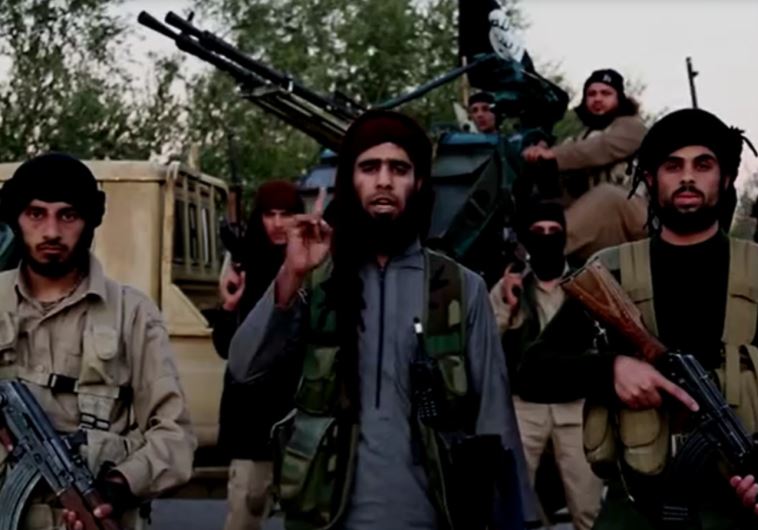Why Islamic State changed its strategy
"There are various interpretations that might be made, but the most compelling is that IS has been weakened by international coalition air-strikes."
 ISIS sets sites on Washington in new video(photo credit: ISLAMIC SOCIAL MEDIA)
ISIS sets sites on Washington in new video(photo credit: ISLAMIC SOCIAL MEDIA)